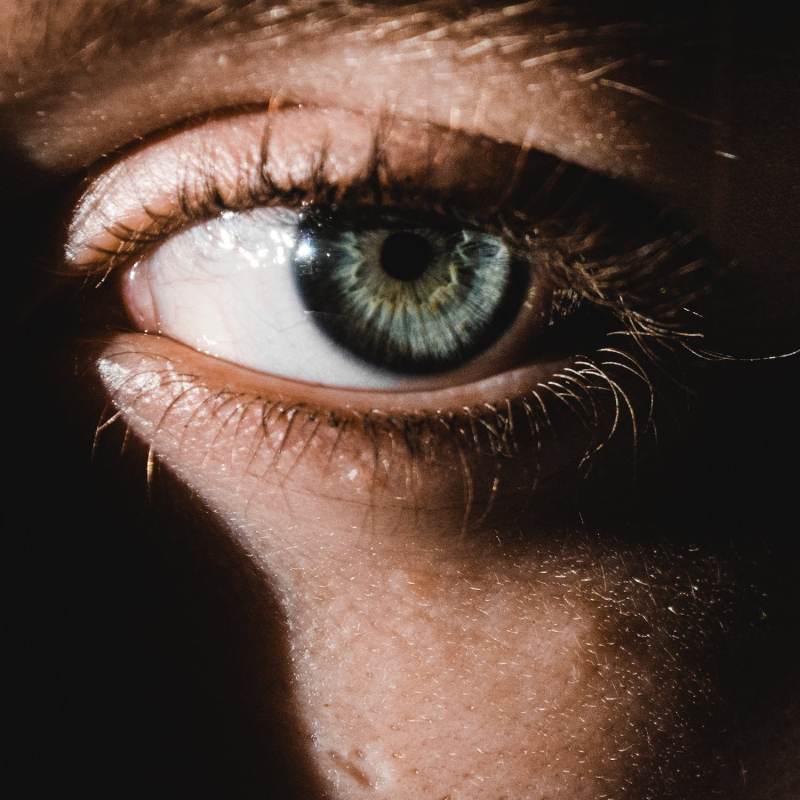

The working memory plays an essential role in everyday activities such as remembering the hands of a clock when asked for the time. Normally, we stop looking at the position of the clock hands to focus on the person talking to us and respond. But how do we maintain this information in our minds? Can we "read" this memory in people's eye movements?
Traditionally, eye movements have been considered a confounding variable that can complicate the study of memory through neuroimaging. However, in recent years, the study of gaze patterns has regained significant relevance in cognitive neuroscience to understand how we remember visuospatial information and how mental representations are modified depending on external demands.
In a study conducted by CIMCYC researcher Juan Linde Domingo (Memory and Language group) in collaboration with Bernhard Spitzer (Max Planck Institute for Human Development), the eye movement patterns of participants were analyzed to understand how we remember certain information and how it adapts depending on our attentional processes. This work demonstrates that even when people were instructed not to move their eyes, tiny changes in gaze direction revealed what information they were recalling. These eye movements can reflect multiple memories simultaneously (in this case, the orientation of two different objects at the same time). Furthermore, these eye movement patterns showed how the way the specific orientation of an object was reflected changed depending on whether attention was withdrawn at some point. Specifically, after processing new visual information, eye movements continued to reflect information but with more abstract and generalizable representations between stimuli.
This innovative work underscores that eye movement patterns reveal much information about how we visually remember things, that our memories change when we stop paying attention to them, and the importance of studying eye movement patterns for memory research.
Full reference: Linde-Domingo, J., Spitzer, B. Geometry of visuospatial working memory information in miniature gaze patterns. Nature Human Behaviour (2023). https://doi.org/10.1038/s41562-023-01737-z
Contact: Juan Linde Domingo (lindedomingo@ugr.es)

